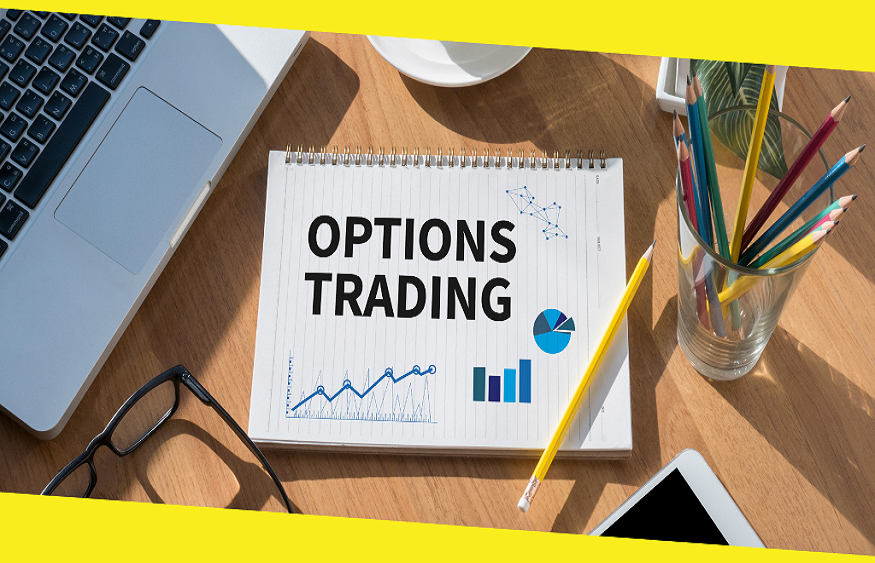1–Document yourself!
Above all, take the time to understand how the financial markets work, get a good economic culture to understand what moves the markets in the long run (growth, inflation, monetary policy, etc.) and have a good technical knowledge. : short selling , placing an order , derivatives , volatility , correlation , etc. Trading can be learned!
You will find a good body of knowledge on Finance Héros , which you can supplement with other sites on the stock market as well as by reading certain books on the subject.
2 – Start by investing (before trading)
If you’re new to the stock market , it doesn’t make sense to jump into complex trading strategies outright. You must first familiarize yourself with the financial markets. Before trading , we advise you to invest .
To do this, start by implementing a passive management strategy by investing in a portfolio of diversified ETFs. This will allow you to understand the world of the stock market. This portfolio can also form the core of your long-term wealth strategy. An investment that you can add to regularly to grow your savings little by little.
We give you all the steps in our complete guide “investing in the stock market” .
Once you understand how the stock market works and get used to its volatility, you can consider allocating some of your wealth to a riskier trading portfolio. You will have two pockets:
the “core” portfolio , intended for the long term;
the “satellite” portfolio, dedicated to your trading strategies.
3 – Do not rush into derivative products
The derivative products that we mentioned above allow you to obtain a leverage effect and therefore multiply your earnings. But they also multiply your losses. Moreover, the behavior of options, warrants and turbos is not always intuitive and mistakes happen quickly.
We therefore advise you to start with stock trading and consider the gradual use of derivatives once you are comfortable.
4 – Identify a strategy and refine it
We have seen that there are many trading approaches. Rather than embarking on several strategies, we recommend that you study a trading style in depth and gradually perfect your method.
Start with a simple strategy and try to understand the basic reasons why it can work. Carry out backtests then test your strategy in real conditions with small amounts. Once you have proof of its effectiveness, perfect it (for example by applying it to different markets) and gradually increase the amounts allocated.
5 – Have a disciplined risk management
Risk management is essential if you do not want to end up on the floor. Before each trade you must therefore imagine the worst-case scenario (especially with derivatives): what happens if the stock I buy goes down -20%, -30%, or -50%? This will allow you to properly calibrate the maximum leverage you can afford. To protect yourself against excessive losses, you can also set stop loss orders .
Once your limits are set, the most important thing is to stick to them. Beware of your psychology. In the event of losses, we tend to want to “recover” and take excessive risks. Conversely, in the event of gains, one can be euphoric and forget the risks. In trading, discipline is key!
6 – Hunt for cool
In the stock market, the surest way to lose money is to pay high brokerage fees. And that’s especially true if you’re day trading . To hunt fees, choose the right broker . Avoid online banks (too generalist) and favor specialized platforms.
On the fresh side, don’t forget to peel everything:
brokerage fees , paid with each transaction;
exchange fees , paid for each transaction in foreign currency;
inactivity and/or subscription fees, paid monthly or quarterly.
Also note that on CFDs the fees are generally taken in the form of spreads (additional differences between the selling price and the buying price).
We give you our selection of online brokers right away.
The best trading platforms
We have made a selection of the best trading platforms to allow you to trade at reduced costs. In addition to the fee structure that we mentioned above, we also took into account the investment universe and the functionalities of the platform.




